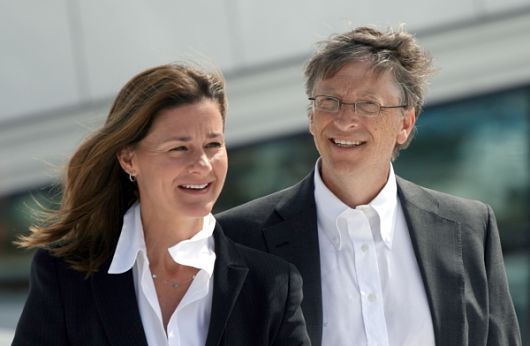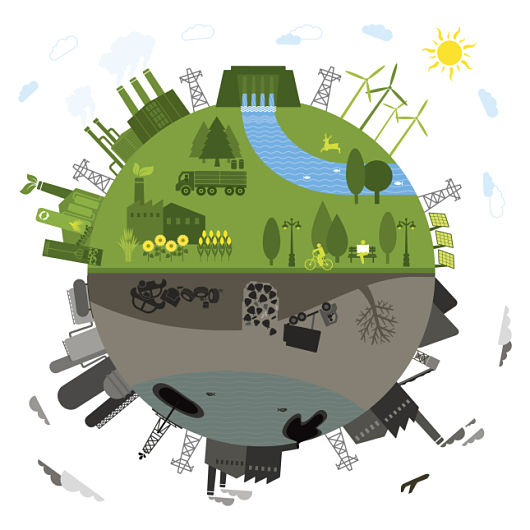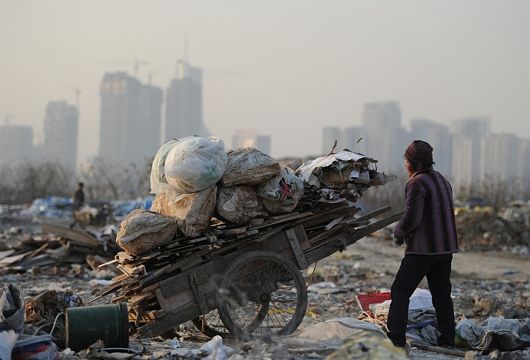 More than a decade ago, in Brazil, President Luiz Inácio Lula da Silva spearheaded a national social welfare program as a part of his network of federal assistance. Bolsa Familia was born in 2003 as a poverty reduction initiative that relied on conditional cash transfers in a country where income inequality has persisted for decades.
More than a decade ago, in Brazil, President Luiz Inácio Lula da Silva spearheaded a national social welfare program as a part of his network of federal assistance. Bolsa Familia was born in 2003 as a poverty reduction initiative that relied on conditional cash transfers in a country where income inequality has persisted for decades.
Since that time, Bolsa Familia has blossomed into one of the largest programs of its kind, with close to 14 million Brazilian families receiving funds.
In 2001, Brazil’s Gini coefficient, a tool used to measure inequality, hovered at around 0.6, which is particularly high for global standards. On the Gini coefficient scale, the closer the number is to 0 the better, “0” denotes perfect equality whereas “1” represents perfect inequality where one individual owns all the wealth.
However, between 2001 and 2013 the measure declined, thanks in part to Bolsa Familia and other poverty reduction programs.
Bolsa Familia targets families below the poverty line and creates stipulations for receiving funds meant to increase human capital. For instance, children under the age of 17 must regularly attend school and mothers need to ensure their children are vaccinated.
According to a 2010 analysis of polling data and media coverage by the World Bank, the strict conditions for government assistance legitimized Bolsa Família with Brazilian voters and generated widespread support on both ends of the political spectrum.
The program has also been lauded for being highly affordable. “The amount spent on Bolsa Família is nothing,” Yoshiaki Nakano, the director of the São Paulo School of Economics, said in an interview with Foreign Affairs. As one of the world’s largest poverty reduction programs, Bolsa Familia costs Brazilian taxpayers less than 0.5 percent of the country’s $2.3 trillion GDP.
Bolsa Familia was structured to benefit not only those living in extreme poverty, but all Brazilians.
President Lula explained the benefits to Foreign Affairs when he first introduced Bolsa Familia, “When millions can go to the supermarket to buy milk, to buy bread, the economy will work better,” he said. “The miserable will become consumers.”
– Daniel Liddicoet
Sources: World Bank 1, Estadao, World Bank 2, Foreign Affairs
Picture: Google Images

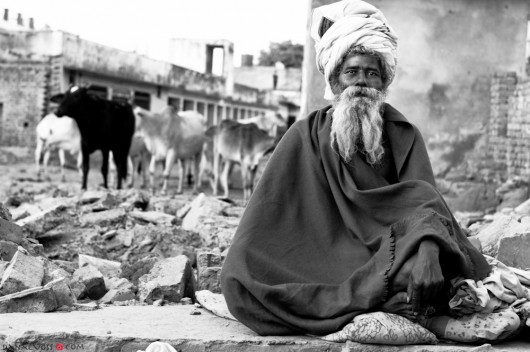
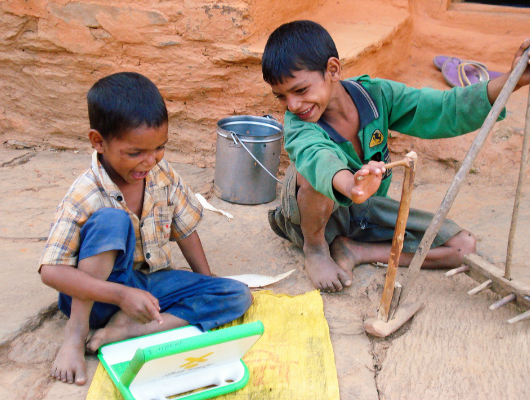
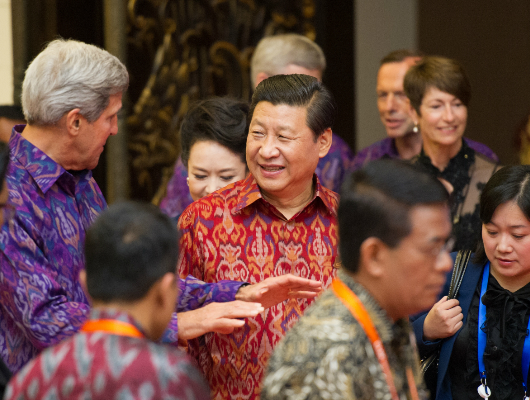
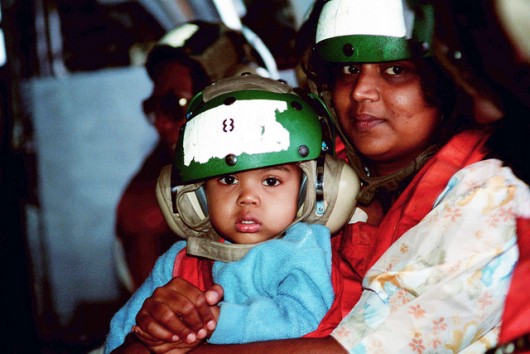
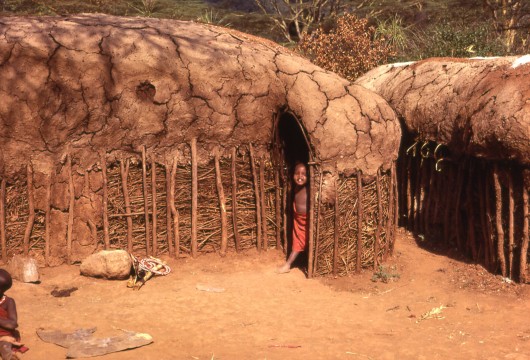 2015 represents an important year for the United Nations to eradicate extreme poverty and hunger.
2015 represents an important year for the United Nations to eradicate extreme poverty and hunger.